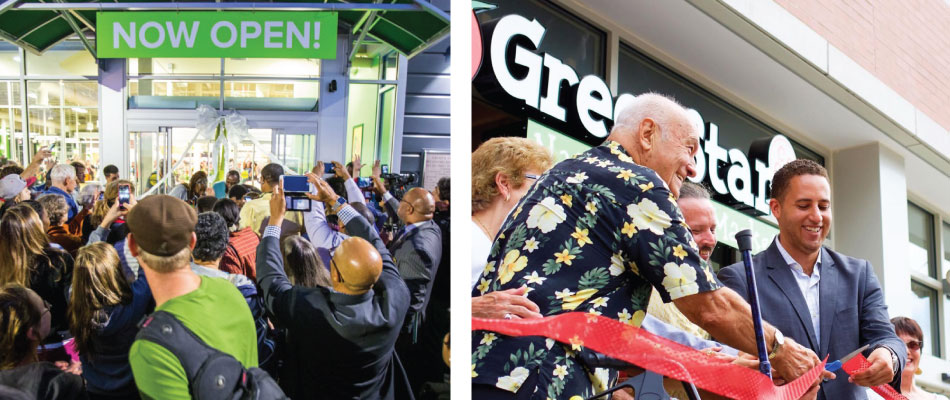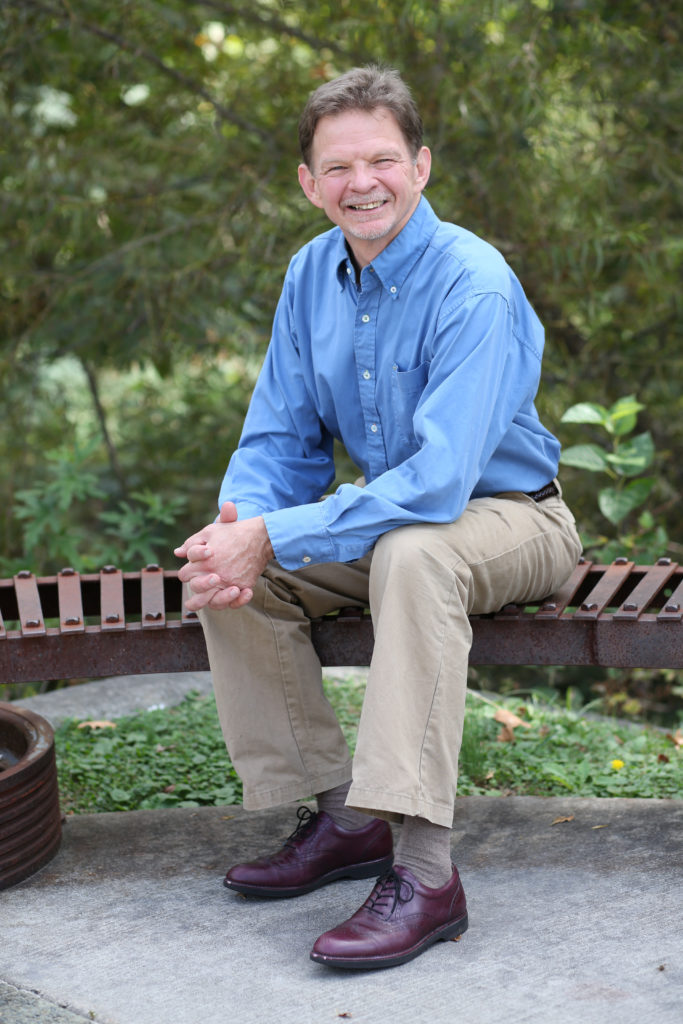Food access in low-wealth communities is a major problem that continues to grow. More and more, communities with food access difficulties are looking to the cooperative model to meet their needs.
For a start-up cooperative, once the foundational questions of “why do we exist?” and “who do we exist to serve?” are answered, the next big question to address is “how do we pay for it?”
Enter Don Moffitt, Columinate financial feasibility and project-development specialist. Don has a long history of project management and hands-on organizational development.
His focus for the past few years with Columinate has been assisting start-ups in securing financing to open their doors.
Don’s big takeaway for start-ups? Avoid debt.
Tell us a little bit about your recent experiences with financing start-ups.
I have probably worked with over 100 co-ops, and most of them have been start-ups. When I started working with Bill Gessner in late 2016, all of our start-up clients were in the natural and organic mode.
Over the last five years there has been a huge rise in energy, interest, and passion about trying to solve food access problems in low-wealth communities. Lately, that has been the majority of my clients.
What are some of the challenges that start-up cooperatives face when they are looking to battle food insecurity?
Start-ups tend to fall into one of three types (generally speaking):
Type 1: Groups looking to address lack of access to fresh nutritious foods in food-insecure communities where price is very important.
Type 2: Groups in small rural communities looking to have an alternative to Walmart.
Type 3: Groups looking to create a locally-owned grocery alternative focused primarily on natural and organic products.
The two big levers for financial feasibility are gross margin and personnel expenses (direct wages and salaries, benefits, and payroll taxes). The difference between them, Margin Minus Labor (MML), has to be sufficient to cover the rent, utilities, supplies, credit card merchant fees, and all the other expenses of operating the store, with enough left over to cover debt service. With more debt, there is higher debt service, which means that MML has to be greater.
The stabilized store gross margin for the first two start-up types is likely going to be very low, perhaps as low as 29 percent or 30 percent of sales. The natural and organic store (start-up type 3) might have a stabilized gross margin that’s almost 10 percent higher, perhaps 38 percent of sales.
Logically, a store selling conventional products in a price-sensitive market is going to have to do two things:
a) find ways to keep personnel expense as low as possible; or
b) avoid debt.
Another not-as-favorable option that Moffitt has witnessed is co-ops accepting annual subsidies. But in his experience, any model that includes relying on charitable donations is flawed, because in the first year after those subsidies are not available, the co-op is out of business.
Moffitt has experience working with cooperatives using a model that incorporates a non-profit community developer that is leveraging government funds, tax credits, foundation grants, individual donations, and other sources to fund the hard costs of opening the store. These include equipment expenses, tenant improvements, fees, and any other pre-opening site costs. Even with that support, there will be expenses that a co-op will still need to pay up front before opening the doors, including inventory, pre-opening marketing, personnel, and some pre-opening administrative costs.
Don sees the potential for the developer to cover some of those soft costs through tenant allowance. This makes it possible for the co-op to open without debt.

What does long-term success look like?
To me, long-term success is being a community hub, building sales, serving the community, and having positive cash flow. If there’s no debt to service, the amount of positive cash flow doesn’t have to be large, but cash on hand needs to build after all of the needs of the co-op have been met, including investments in new equipment and upgrades to the facility.
For the start-ups that I’m talking about that can open without debt, the most important metric is cash. Are they building cash? Is cash coming in regularly? It is important that they are really focused on expense control and that they are really working on building a little bit of cash every year, because they don’t have a major cushion if things go wrong.
Building sales, managing gross margin, and controlling expenses are the key measures of success for a co-op that’s working on addressing food access issues.
In the scenario with a non-profit developer building a relationship with a start-up co-op, who approaches who?
My experience is that it typically starts with the group that decides the answer to a problem is a co-op. It starts with the co-op development. I think it is easier for a group that is starting a co-op to partner with a developer, particularly one that is a mission-driven developer, than it is for a mission-driven developer to find someone who wants to open a co-op.
The exception to this scenario, Moffitt noted, is when the developer becomes one of the people developing the co-op, after realizing that the needs of the community include a community-owned grocery store. He has also participated in building a plan for this.
It’s the same thing. It is still a group of people that have identified the need for a grocery store, not the need for a tenant.
Do you have any recent success stories that you want to share?
The pandemic has been a big hiccup in the normal process. I have clients that either have projects under construction or they have almost finished the financing to start construction, but none of my clients have gotten to the point of opening. In the realm of co-ops looking to meet food access issues, the answer to the question about success stories right now is: “not yet.”
Where do you see things going?
When people started buying clubs to meet a need in their community, they were generally trying to find natural and organic food. You couldn’t get it in the grocery store. Today, Walmart and Costco are two of the biggest retailers of natural and organic food in the country.
Almost any grocery store in any community in the country is going to carry soy milk and a variety of other products, so that’s no longer the big driving focus. The primary focus that I see now is on the communities that lack access to food.
You have emphasized the importance of the storytelling aspect of our work.
I think there’s a narrative that a co-op needs in order to attract investment and convince people that there are more reasons to shop there than price and selection. A store meeting those needs in a community without access to fresh, healthy food, particularly when it is owned by the community—they have a great story.
I think they can go out and attract dollars for development, and I think they can convince people that if they have to pay a few pennies more, there is real value in that.
Learn more about Don Moffitt on his consultant page. Learn more about Columinate’s start-up support services.
Have more questions?
Get in touch with one of our consultants.

